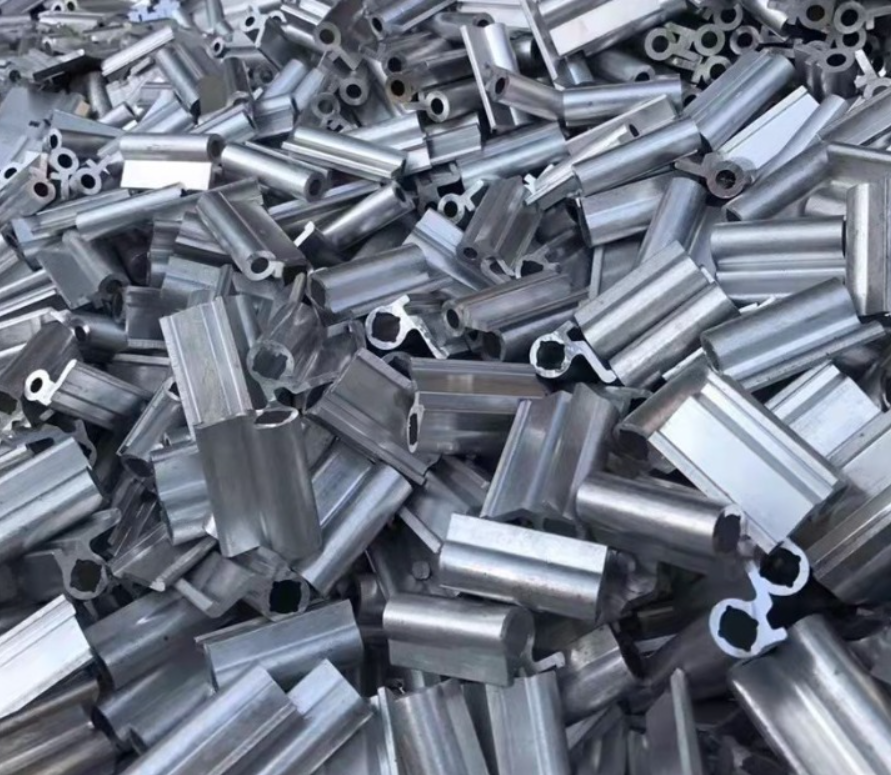1. Types and functional differences of rotary furnaces
Aluminum ash rotary kiln: This type of rotary furnace is mainly used for calcining solid aluminum ash, which decomposes harmful substances (such as aluminum nitride and salt flux residues) in the aluminum ash at high temperatures. The core of its process is the oxidation reaction of solid materials rather than the purification of liquid metal. Since the processing object is solid waste residue rather than molten aluminum liquid, there is no need to perform degassing operation on liquid aluminum.
Rotary furnace for melting: If the rotary furnace is used for scrap aluminum melting (such as a tilting aluminum melting furnace), degassing is still required. At this time, the aluminum liquid in the furnace needs to be sprayed with inert gas (such as argon) through graphite rotors or refined with refining agents to remove hydrogen and inclusions.
2. The process objective determines whether to remove gas
Aluminum ash treatment process: The core goal of aluminum ash rotary kiln is to achieve harmless treatment of hazardous waste and resource recovery (such as extracting alumina), rather than producing casting grade aluminum materials. This process focuses on chemical decomposition rather than physical purification, so there is no need to introduce degassing step 3.
Smelting process: If a rotary furnace is used for smelting recycled aluminum (such as producing aluminum ingots or die castings), degassing is necessary. Untreated aluminum liquid containing hydrogen gas and oxides can cause porosity and decreased strength in castings, and purification can be achieved through techniques such as rotary blowing and vacuum degassing.
3. Technological substitution effect
Some rotary furnaces may integrate pre-treatment functions, such as directly decomposing some volatile impurities through high-temperature oxidation during the calcination stage, thereby reducing the degassing pressure during subsequent melting. However, this process is still not equivalent to traditional smelting and degassing, and cannot completely replace the refining process.
In summary, whether rotary furnaces require degassing depends on their specific application scenarios: rotary kilns used for solid aluminum ash treatment do not require degassing; However, the rotary furnace used for liquid aluminum melting still requires refining equipment (such as graphite rotor degassing machines) to remove gases and inclusions

 English
English  Español
Español  Português
Português  русский
русский  français
français  日本語
日本語  Deutsch
Deutsch  Tiếng Việt
Tiếng Việt  Italiano
Italiano  Nederlands
Nederlands  ไทย
ไทย  Polski
Polski  한국어
한국어  Svenska
Svenska  Malay
Malay  বাংলা
বাংলা  हिन्दी
हिन्दी  Pilipino
Pilipino  Türk
Türk  عربى
عربى  Indonesia
Indonesia  norsk
norsk  čeština
čeština  Українська
Українська  Javanese
Javanese  فارسی
فارسی  తెలుగు
తెలుగు  Burmese
Burmese  български
български  Latine
Latine  Azərbaycan
Azərbaycan  Српски
Српски  Esperanto
Esperanto  Afrikaans
Afrikaans  Català
Català  Cymraeg
Cymraeg  Беларус
Беларус  Hrvatski
Hrvatski  Kreyòl ayisyen
Kreyòl ayisyen  Shqiptar
Shqiptar  Bosanski
Bosanski  Кыргыз тили
Кыргыз тили  ಕನ್ನಡ
ಕನ್ನಡ  IsiXhosa
IsiXhosa  Chichewa
Chichewa  Somali
Somali  O'zbek
O'zbek  հայերեն
հայերեն  Sundanese
Sundanese  Malagasy
Malagasy 






